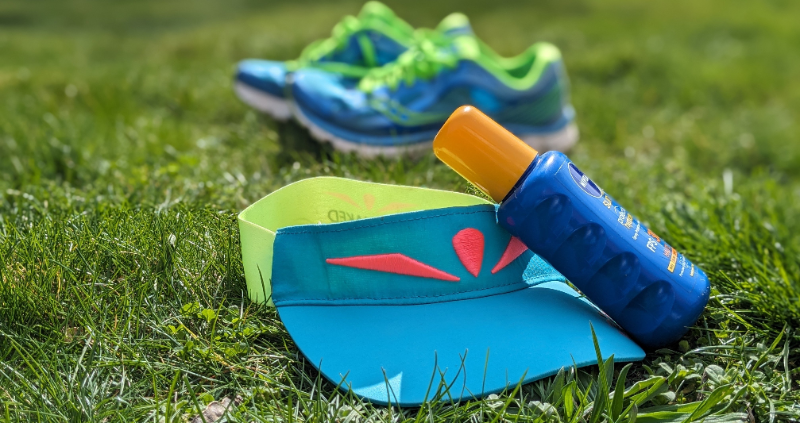Running Side Stitch

Lots of runners suffer from a running side stitch, me included.
If you sometimes get an awful pain in your side just below your ribs whilst running, chances are that it is a running side stitch. They are pretty common, especially among new runners but in fact anyone can get them from time to time.
For me it is like a sharp pain which makes me want to stop running and to bend over and hold my side. Not fun!
What is a Running Side Stitch
Basically, a side stitch while running is caused by a spasm of your diaphragm. It causes a sharp pain on either side of your abdomen and just below your rib cage.
The diaphragm is a sheet of muscle which sits just below your ribs and which separates your chest from your stomach. As you breathe in, your diaphragm contracts to allow your lungs to expand with air and then as you exhale, your diaphragm relaxes and moves upwards which helps push the air back out of your lungs.
Causes of a Side Stitch
It is not known exactly what causes a runners side stitch and none of the research has been totally conclusive. But there are some theories:
- Poor blood flow to the diaphragm caused by fast breathing.
- Your stomach and organs bumping around together as your feet hit the ground.
- Ligaments that attach your liver to your diaphragm become over stretched.
- Having a full stomach which takes blood flow away from the diaphragm in order to process the food in your stomach.
How to Avoid and Treat a Side Stitch
Since the research on the causes of a side stitch while running is not conclusive, it is difficult to give a straight answer on how to avoid and treat them. I have tried several methods and all with varying degrees of success. Trouble is, when you are out running, you tend to forget what to do exactly!
Avoiding a running side stitch
- Don't eat a large meal or drink sugary drinks before running. Leave a gap of at least an hour.
- Build up the pace slowly. New runners often get a stitch from setting out too fast and not having built an endurance base first or not having warmed up properly.
- Strengthening your core muscles by doing plank exercises or yoga a couple of times a week can strengthen weak diaphragm muscles.
- Breathe properly while running. How to breathe while running.
And if you get a running side stitch.....
The best treatment I have found, is to stop! I take a few deep breaths, let my heart and breathing get back to normal and then start off running again but very slowly picking up the pace.
You could also try:
- Stop and stretch your abdominal muscles. Breathe in so that your stomach pushes out whilst bending over at the same time. Sounds tricky to me!
- Press gently on the area of pain and breathe in and out slowly.
- Grunt whilst you exhale. This forces the diaphragm to unblock the spasm.
- Stop and hold your breath for a few seconds and then forcibly exhale.



